 |
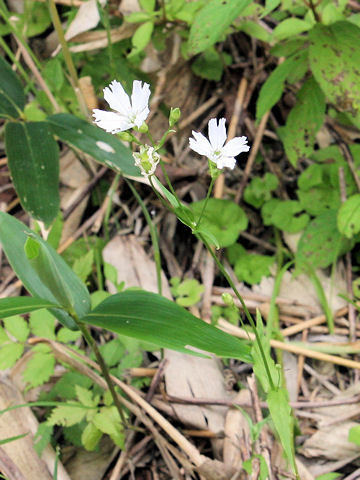

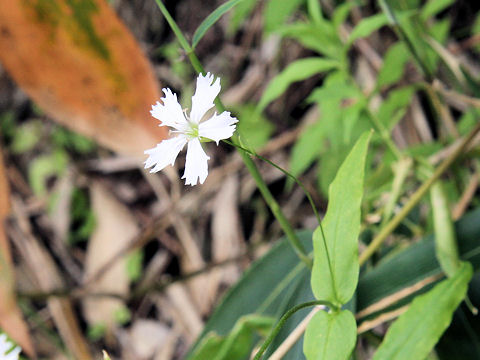

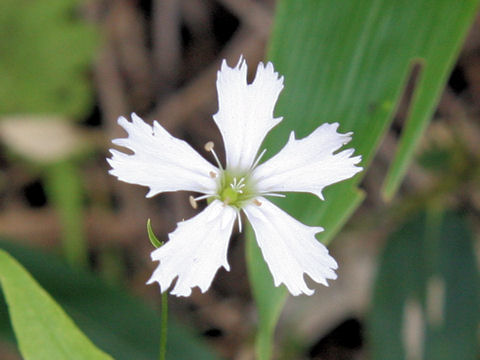

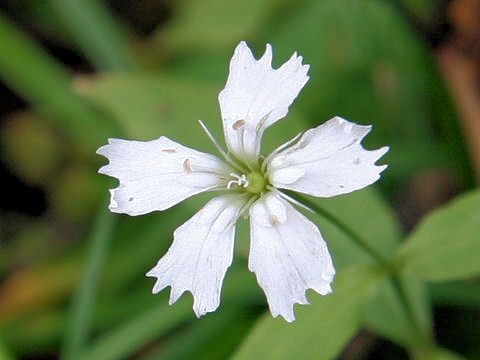

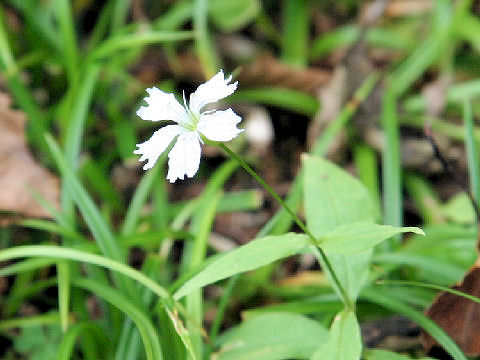

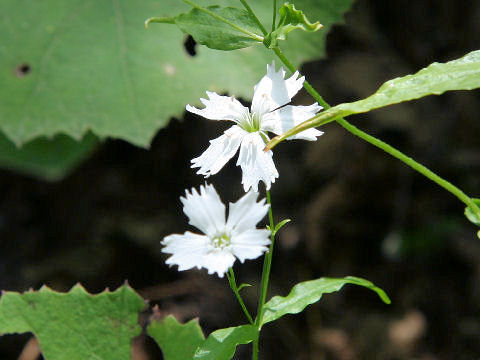

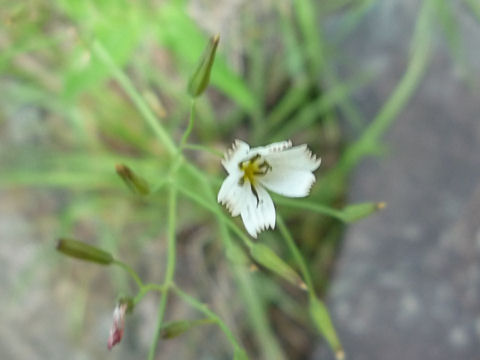

|

|
íªÌ{BAnûÈkɪzµÄ¢Ü·BRnÌÑàɶ¦A³ÍRO`POOZ`ÉÈèÜ·BtÍ·âj`ÅζµÜ·BV©çW²ëAª}µ½s¸ÉWUÔð¾µAFÌÔð穹ܷBÔÙÍTÂŽJµAæ[ÍóØêÝÜ·Ba¼ÍAÌuªñÒvÉÄAÈاÌçèliTÎjÅ©³ê½±ÆÉöÝÜ·B
|

|
ifVRÈZmE®Ì½NÅAw¼Í Lychnis gracillimaBp¼Í èܹñB
|

|
The "Senju-ganpi" (Lychnis gracillima) belongs to Caryophyllaceae (the Carnation family). It is a perennial herb that is distributed northward from Chubu district to Tohoku district of Honshu. This herb grows in montane woodlands and can reach 30-100 cm in height. The leaves are long-lanceolate and opposite. The cymes are borne on the branched stems and the white flowers bloom from July to August. The flowers are five-petaled and spread out with shallow-notched tips. The Japanese name comes from its resemblance to the Chinese "Ganpi" (Lychnis coronata) and its discovery in Senjuga-hama (Lake Chuzenji), Tochigi Prefecture.
|

|
[ãEP`Q] Qn§ZºüRuì½ÎvÉÄA2008N0726úBeB
[RES] ·ì§Éßs·JÍàuìAvXѹvÉÄA2006N0922úBeB
T] ·ì§Éßs·JÍàuÍàѹvÉÄA2006N0824úBeB
[º] ·ì§¼{sÀÜuæÆxvÉÄA2010N0718úBeB(photo by Aya Suehiro)
|








